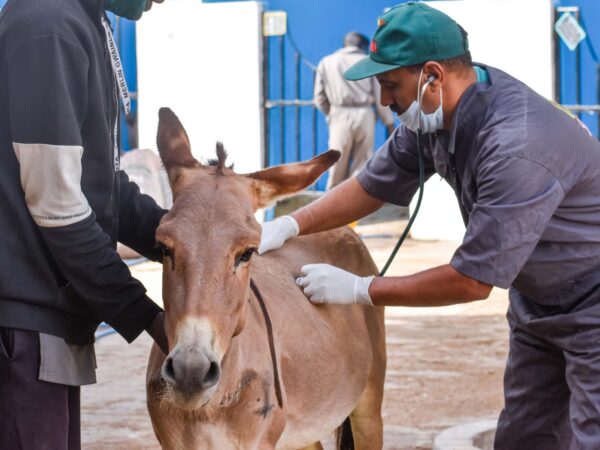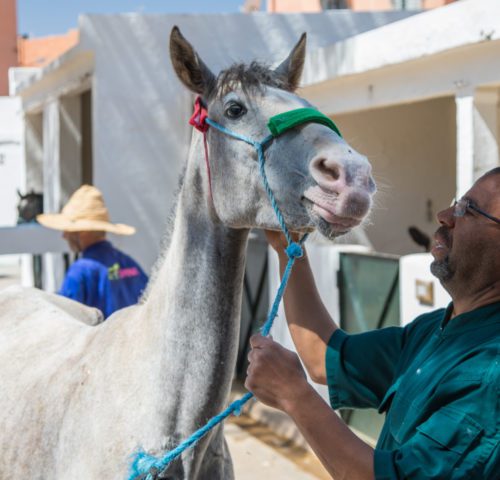You may also be interested in

What is a Parasite?
Even in the best conditions, animals are susceptible to infections from parasites. Find out what they are and how they can be treated.

What is a mule? 13 things you didn’t know
Learn about the difference between a donkey and a mule and whether mules can reproduce.

What is a Parasite?
Even in the best conditions, animals are susceptible to infections from parasites. Find out what they are and how they can be treated.

What is a mule? 13 things you didn’t know
Learn about the difference between a donkey and a mule and whether mules can reproduce.


